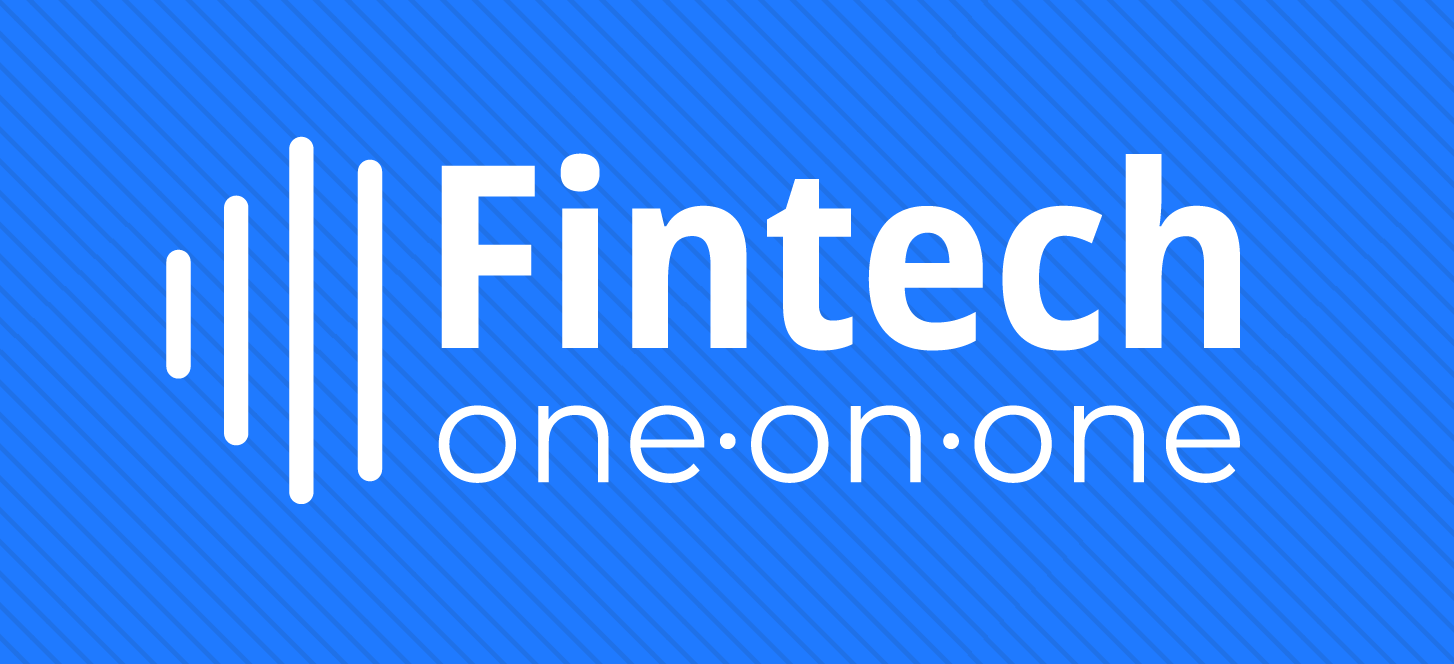Greg Wright, Chief Product Officer at Experian
When we really started covering financial inclusion and financial health here at LendIt five years ago it seemed that we had a very long way to go. Tens of millions of consumers were still left outside the financial system with no credit score and therefore had little to no access to credit. That has changed a great deal in the last five years. At the same time we have seen an explosion in Buy Now Pay Later (BNPL) platforms.




